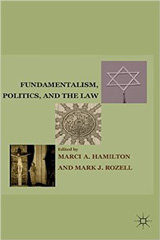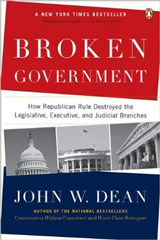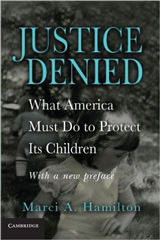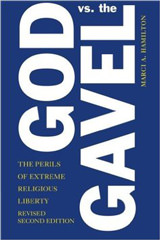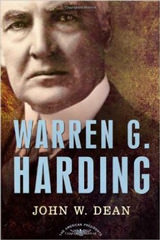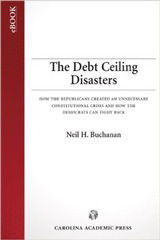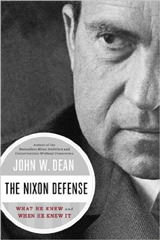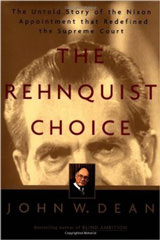Cornell Law professor Michael C. Dorf discusses a recent federal case in which a court struck down Louisiana’s law requiring Ten Commandments displays in public school classrooms based on the 1980 Supreme Court precedent Stone v. Graham, and the subsequent partial stay of that ruling by the Fifth Circuit. Professor Dorf argues that while the district judge correctly followed the still-binding Stone precedent, the disagreement among lower courts reflects broader uncertainty in an era where the current Supreme Court is willing to overturn long-standing precedents, making it increasingly difficult for lower courts to determine which precedents remain controlling law.
Kathryn Robb, executive director of Child USAdvocacy, argues that the attendance of Louisiana Supreme Court Justices at the Red Mass, a religious event seeking divine guidance in decision-making, presents a conflict of interest and blurs the lines between church and state, especially in light of pending cases involving the Church. Ms. Robb highlights the historical and symbolic significance of the color red, used in the Red Mass, as a universal signal for danger and warning, suggesting that this tradition, though time-worn, compromises the integrity of the judiciary and the separation of powers in government.
Amherst professor Austin Sarat comments on a decision by a federal district court in Louisiana denying a preliminary injunction in a case involving death row inmates seeking clemency. Professor Sarat criticizes the court’s narrow interpretation of the governor’s directive regarding clemency hearings, arguing that it exemplifies a legalistic approach that disregards the broader context and intention of the governor’s actions.
Amherst professor Austin Sarat comments on an announcement last March by Louisiana Governor John Bel Edwards that he opposed capital punishment and points out that now Governor Edwards has the opportunity to prove his opposition. Professor Sarat argues that Governor Edwards should use his authority to order the Board of Pardons to hold hearings on the death row clemency petitions and review them on their merits to turn his abolitionist rhetoric into action.
Amherst professor Austin Sarat observes that even in the Deep South, support for the death penalty is waning, with the latest development last week by Louisiana Governor John Bell Edwards announcing his support for ending the death penalty in his state. Professor Sarat calls upon other politicians in the South to sponsor and support bills to end capital punishment in their states.
SMU Dedman School of Law professor Joanna L. Grossman comments on the U.S. Supreme Court’s decision in June Medical Services v. Russo, in which a 5-4 majority of the Court struck down a Louisiana law regulating abortion providers. Grossman describes the history of abortion decisions that got us to this place today and explains why the core right to seek a previability abortion without undue burden from the government remains intact.
Jareb Gleckel assesses what Chief Justice John Roberts’s concurrence in the June Medical decision might tell us about the future of abortion in the United States. Gleckel suggests that the concurrence suggests that the Chief Justice will not vote to overrule Roe and Planned Parenthood v. Casey but cautions that the test the Chief Justice embraces could provide a roadmap for anti-abortion states going forward.
SMU Dedman School of Law professor Joanna L. Grossman discusses a recent decision by a federal district court in Louisiana correctly applying the U.S. Supreme Court’s decision in Young v. United Parcel Service. Grossman describes the facts of that case and explains how Young affected the outcome; she argues that many cases decided before Young should come out differently now, but only if courts carefully apply the new standard to the facts before them.
SMU Dedman School of Law professor Joanna L. Grossman describes a case in which the Louisiana Supreme Court voided a prenuptial agreement for its failure to abide by strict formalities required in that state. Grossman discusses the history of prenuptial and postnuptial agreements and uses this case and one from New York to illustrate the importance of paying attention to the details when forming these documents.










